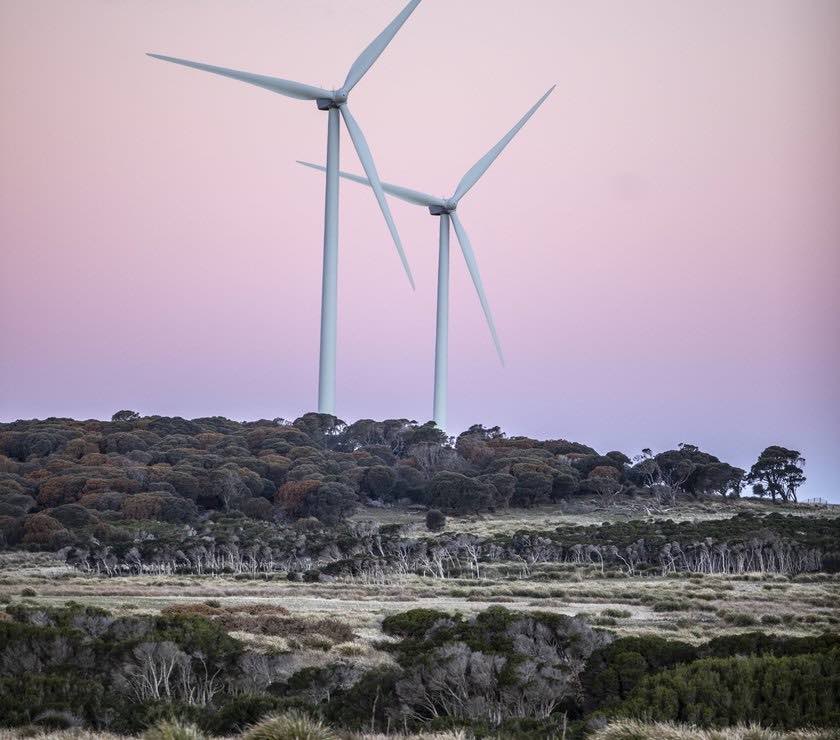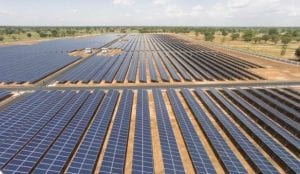The federal government’s green bank has tipped $75 million into a debt raise for Philippines-based AC Energy, to help fast-track the delivery of its 8GW Australian renewables pipeline of solar, wind, battery and pumped hydro.
The Clean Energy Finance Corporation has invested in the ACEN Australia debt raise of up to $600 million, alongside a $A140 million green loan agreement with Japan’s MUFG and a $A100 million facility with DBS Bank.
AC Enenergy Corp, or ACEN, is the listed energy platform of Philippines-based Ayala Group, with just under 4GW of energy generation capacity in the Philippines, Vietnam, Indonesia, India, and Australia, 87% of which is from renewables.
The company took a hold in the Australian market through the acquisition of a UPC\AC Renewables, with a majority share that was increased from 50% to 80% in March, and plans to take 100% ownership by early 2023.
The latest buy-up of the company led to the rebranding of UPC\AC Renewables to ACEN Australia.
A big battery and solar farm on the way
In Australia, ACEN is developing the first stage of the 400MWh big battery being built alongside what will be – for a time at least – the biggest solar PV project in Australia, the 720MW New England solar farm in NSW.
The company’s other Australian renewables projects also include the Stubbo Solar and Valley of the Winds projects in NSW, in the New England and Central-West Orana regions, respectively.
ACEN Australia CEO Anton Rohner says the new debt facilities will, in particular, allow the company to expedite its 400MW Stubbo Solar project, which is expected to be in construction in January 2023.
In a statement on Friday, CEFC CEO Ian Learmonth said the investment in ACEN Australia’s debt raise would help deliver assets critical to Australia reaching net zero emissions by 2050.
In particular, Learmonth said rapid-responding storage assets such as the New England battery would underpin a balanced grid and capitalise on Australia’s unparalleled renewables potential.
Keeping up market momentum
“Importantly, the CEFC is confirming its commitment to leading developers such as ACEN Australia who are delivering more clean energy generation,” Learmonth says.
“For 10 years we worked with many such players in developing Australia’s solar sector.
“As developers face new challenges from supply chain constraints and increased costs, the CEFC continues to stand by them to ensure that the momentum built in those early years is maintained and strengthened.”
ACEN International COO Patrice Clause praised the CEFC for the critical role it has played in Australia’s renewable energy industry, and in supporting the company’s Australian projects.
“This CEFC facility will help ACEN get to 4,000MW of attributable capacity before the end of this year, closer to its goal of 5000MW by 2025,” Clause said.
“ACEN is at the forefront of this decarbonisation movement, and aim to deliver 20GW of renewable energy capacity by 2030.”
Big wind plans in Tasmania
In ACEN Australia’s development pipeline, the company also has a number of massive – and in some cases somewhat controversial – wind projects it is seeking to build in Tasmania.
This includes the up to 1.26GW project proposed for Tasmania’s north-east, that in August was declared a Major Project by the state Liberal government, making it part of a streamlined development assessment process overseen by an independent panel.
The North East wind project would be built across two sites – Waterhouse in the west and Rushy Lagoon in the east. The traditional owners of the lands are the Leenerrerter, Pinterrairer, Pyemmairrenerpairrener and Trawlwoolway people.
Elsehwere on the island state, ACEN Australia is also proposing the Jim’s Plain and Robbins Island wind farms, which could have a combined capacity of up to 1GW if they go ahead.
As far as the Rockliff government is concerned, these projects underpin the state goal of 200% renewables by 2040, and cement its position as the “battery of the nation,” to pipe renewables to Australia’s mainland via the proposed Marinus Link, which just won federal funding.
But the projects don’t have universal support. Critics of Robbins Island include the Circular Head Coastal Awareness Network and BirdLife Tasmania, as well as the founder and former leader of the Australian Greens, Bob Brown, who in 2019 said the project’s benefits were outweighed by its impacts on scenery and bird life.
Last week’s news that both Marinus and major northern Tasmania grid upgrades were being supported by the Albanese government’s Rewiring the Nation fund was slammed by former Australian Greens leader Christine Milne as an “ecological and economic disaster.”










